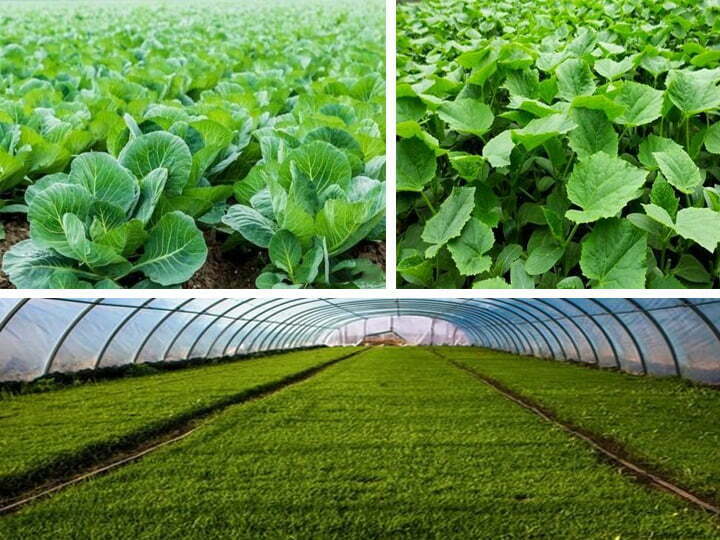Introduction
Vegetable seedling cultivation refers to the process of growing young plants in the seedbed before transplanted vegetables. Vegetable cultivation adopts the method of raising seedlings and transplanting, which is convenient for fine management of seedlings, and artificial protection facilities can also be used to control the environmental conditions of the growth and development of the seedlings. Thereby it is beneficial to improve the seeding rate and advance sowing and harvesting. It can be cultivated and produced in the seasons that are not conducive to the growth of vegetables.
Requirement: Whether to use seedlings and transplanting for vegetable cultivation depends on the characteristics of different types of vegetables and growing conditions. Vegetables that are prone to grow lateral roots after the taproot is injured, such as tomatoes, peppers, cabbage, cabbage, celery are generally suitable for seedling transplanting; in addition, nursery seedling requires more labor, material facilities, and more sophisticated technology than direct sowing. When these conditions are not met, it is not appropriate to adopt seedling nursery methods. But with the development of science and technology, a nursery seedling machine can complete nursery.
The Method of Nursery Seedling
According to the place and facility conditions of seedlings, there are two main methods for the modern vegetable nursery:
Open-air nursery: the way of nursery seedlings under the condition of the seedbed set in the field is mostly used for growing seedlings of leafy vegetables and onions; fruits and vegetables can also be used in this method in warm regions or seasons. The cost of nursery seedlings in the open field is lower, labor is less, and the technology is easier to master; but the season of raising seedlings and the growth and development of seedlings are restricted by natural conditions, and they are prone to natural disasters.
nursery in the protected field: the method of the nursery in which the seedbed is set up in the artificial protective facility. Its advantages are that it is beneficial to control the environmental conditions in the seedling stage, prevent natural disasters, and facilitate operate and manage; but the required facilities, production costs, and technical requirements are relatively high.

The development process of vegetable seedlings is from the open-air field to the protected field. The latter is widely used and the facilities are more perfect and modern. The protection facilities commonly used include cooling beds, hotbeds, greenhouses, plastic sheds, and plastic greenhouses. Vegetable seedlings in the protected field often use tray nursery.
Methods and Procedures
The method of raising seedlings varies with the type of vegetable. Most vegetables are sown with seeds; the main procedures for sowing seedlings generally include:
- Seedbed preparation
Whether the seedbed should be open-air or protected field, you can decide according to local climate and production requirements. Generally, specially formulated culture soil is used as bed soil. After fine modulation, it has good physical and chemical properties: high fertility, good aeration, and strong water retention capacity to facilitate the growth of seedlings.
- Seed treatment and sowing
Please refer to the previous article for details: Preparation before Nursery
- Seedling management
It is an important part of vegetable seedling cultivation. Generally include: adjusting the temperature, humidity, light, moisture, air, and nutritional conditions in the seedbed; culling out seedlings if they are too dense in a timely manner to maintain proper seedling distance; preventing diseases, insect pests, and weeds, preventing frost, drought, and flood disasters.
- transplanting
That is, when the weather conditions are suitable, the bred seedlings should be transplanted infield at the right time. At the same time, pay attention to protecting the roots of the seedlings to minimize damage.
